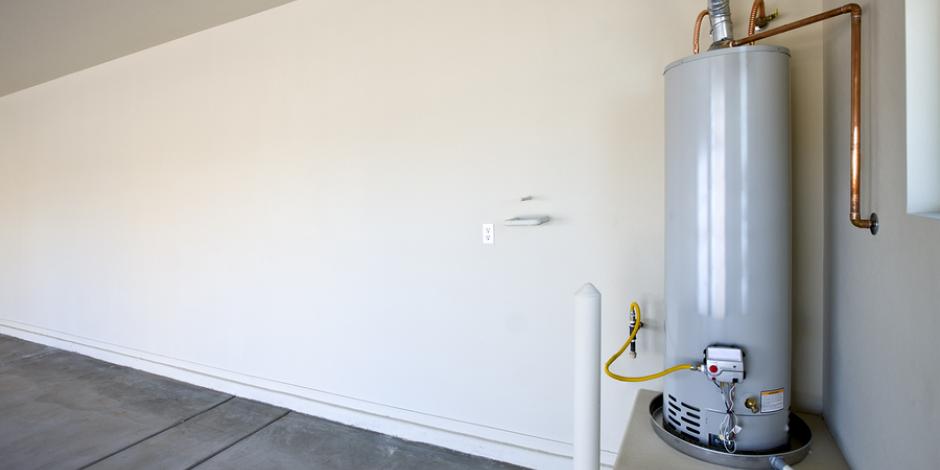Important Maintenance Tips for Your Home's Hot Water SystemExpert Advice on Maintaining Your Home's Hot Water System
At This WebsiteThey are making a number of good annotation on Tips on Maintaining a Water Heater in general in the article following next.

Warm water is vital for day-to-day comfort, whether it's for a rejuvenating shower or cleaning recipes. To ensure your warm water system runs efficiently and lasts longer, normal maintenance is essential. This post gives functional ideas and understandings on how to preserve your home's warm water system to stay clear of disruptions and pricey repair work.
Intro
Preserving your home's warm water system might seem daunting, but with a couple of simple actions, you can ensure it runs efficiently for years ahead. This guide covers whatever from recognizing your hot water system to DIY upkeep suggestions and recognizing when to call in professional assistance.
Importance of Maintaining Your Hot Water System
Normal maintenance not just expands the life expectancy of your hot water system yet additionally ensures it runs effectively. Ignoring maintenance can cause reduced performance, greater power costs, and even premature failing of the system.
Signs Your Hot Water System Requirements Upkeep
Knowing when your hot water system requires focus can prevent major problems. Keep an eye out for signs such as inconsistent water temperature, strange noises from the heater, or rustic water.
Comprehending Your Warm Water System
Prior to diving into maintenance tasks, it's valuable to recognize the standard components of your warm water system. Typically, this consists of the hot water heater itself, pipelines, anode rods, and temperature level controls.
Month-to-month Maintenance Tasks
Regular monthly checks can help catch small concerns prior to they intensify.
Purging the Water Heater
Flushing your water heater removes debris build-up, boosting effectiveness and extending its life.
Monitoring and Changing Anode Rods
Anode rods protect against corrosion inside the tank. Inspecting and changing them when worn is essential.
Evaluating and Changing Temperature Setups
Readjusting the temperature level settings ensures ideal efficiency and safety.
DIY Tips for Upkeep
You can do several maintenance jobs yourself to keep your warm water system in leading condition.
Looking for Leakages
Frequently inspect pipelines and connections for leaks, as these can bring about water damage and higher bills.
Examining Stress Relief Valves
Examining the pressure safety valve guarantees it functions appropriately and stops excessive stress accumulation.
Insulating Pipelines
Shielding hot water pipelines minimizes heat loss and can save power.
When to Call a Professional
While do it yourself maintenance is helpful, some issues need specialist knowledge.
Facility Issues Needing Specialist Help
Instances include significant leaks, electrical issues, or if your water heater is continually underperforming.
Routine Expert Maintenance Perks
Professional upkeep can include complete inspections, tune-ups, and making sure conformity with safety criteria.
Verdict
Routine upkeep of your home's hot water system is important for efficiency, longevity, and cost savings. By complying with these pointers and knowing when to seek expert assistance, you can make certain a trusted supply of warm water without unexpected disruptions.
How to Maintain an Instant Hot Water Heater
Before tinkering with your hot water heater, make sure that it’s not powered on. You also have to turn off the main circuit breaker and shut off the main gas line to prevent accidents. Also turn off the water valves connected to your unit to prevent water from flowing into and out of the appliance. 2. When you’re done, you have to detach the purge valves’ caps. These look like the letter “T” and are situated on either side of the water valves. Doing so will release any pressure that has accumulated inside the valves while at the same time avoid hot water from shooting out and burning your skin. 3. When the purge valves’ caps are removed, you have to connect your hosing lines to the valves. Your unit should have come with three hoses but if it didn’t, you can purchase these things from any hardware or home repair shops. You can also get them from retail stores that sell water heating systems. Read the user’s manual and follow it to complete this task properly. When the hosing lines are connected, open the purge port’s valves. 4. You should never use harsh chemical cleaners or solutions when cleaning your unit. Make use of white vinegar instead. It should be undiluted and you’ll probably use about 2 gallons. 5. Now flush your water heater. This task should probably take about 40 minutes. We can’t give you specific directions for this because the procedure is carried out depending on the type, model and brand of your heater. With that being said, refer to the user’s manual. 6. When you’re done draining the unit, you have to turn off the purge port valves again. Remove the hosing lines that you earlier installed on each of the water valves. Put the valve caps (purge port) back in their respective places and be very careful so as not to damage the rubber discs that are found inside these caps. 7. Now that everything’s back in place, check your user’s manual again to find out how to reactivate your water heating system. 8. Once it is working, turn one of your hot water faucets on just to let air pass through the heater’s water supply pipes. Leave the tap on until water flows smoothly out of it. https://www.orrplumbing.com/blog/2014/september/how-to-maintain-an-instant-hot-water-heater/

I am very interested by How to Maintain a Hot Water Heater in a Few Simple Steps and I hope you enjoyed my blog post. Do you know another individual who is fascinated about the topic? Feel free to share it. We recognize the value of reading our article about Water Heater Maintenance Tips You Can't Afford to Forget.
Click Here